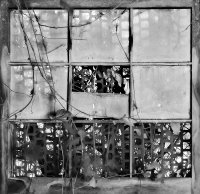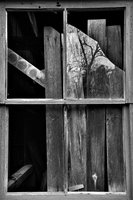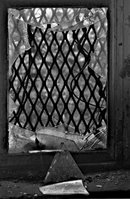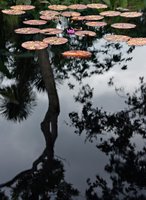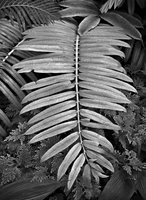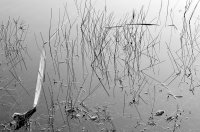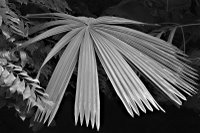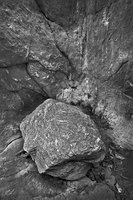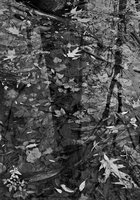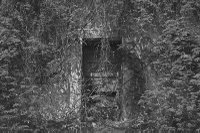 In the preface to the 4th volume of his (surely destined to become a revered, timeless) Opus - Nature of Order - Christoper Alexander suggests that the inner 'I' of every person, and hint of it that some experience when interacting with, or creating works of, art ...
In the preface to the 4th volume of his (surely destined to become a revered, timeless) Opus - Nature of Order - Christoper Alexander suggests that the inner 'I' of every person, and hint of it that some experience when interacting with, or creating works of, art ..."... is that interior element in a work of art, or in a work of nature, which makes one feel related to it. It may occur in a leaf, or in a picture, in a house, in a wave, even in a grain of sand, or in an ornament. It is not ego. It is not me. It is not individual at all, having to do with me, or you. It is humble, and enormous: that thing in common with each one of us has in us. It is the spirit which animates each living center ... This 'I' is not normally available, is drudged up, forced to the light, forced into the light of day, by the works of art."

Alexander devotes much of his final volume to developing a breathtaking view of art, nature and how the two are fused together by the inner "light" called 'I'...

"... It is my impression ... that the I or ground is a real thing, something which exists in the world, perhaps attached to matter or a pure part of matter, which is connected to the world in which we exist, in which matter exists, and that this I forms a necessary substratum to all that exists. It, in effect, a kind of blinding unity, underlying all matter."

Alexander's poetic prose resonates strongly with me (as does his entire Opus); indeed I would characterize our respective philosophical/spiritual worldviews as essentially the same.

The simplest, purest expression of why I love photography is that - on those precious, precious days when I am truly in the "Zen" of the moment and my soul (my 'I') sees unencumbered by the dirty filters of logic and cognition - I am able to share with others the magic of seeing the inner I of the world shine forth from behind the illusory veils of ordinary substance and conventional categories (that usually conspire keep it well hidden).

How do I know when I see it? Because I lose all sense of ego, yet know it is I.



